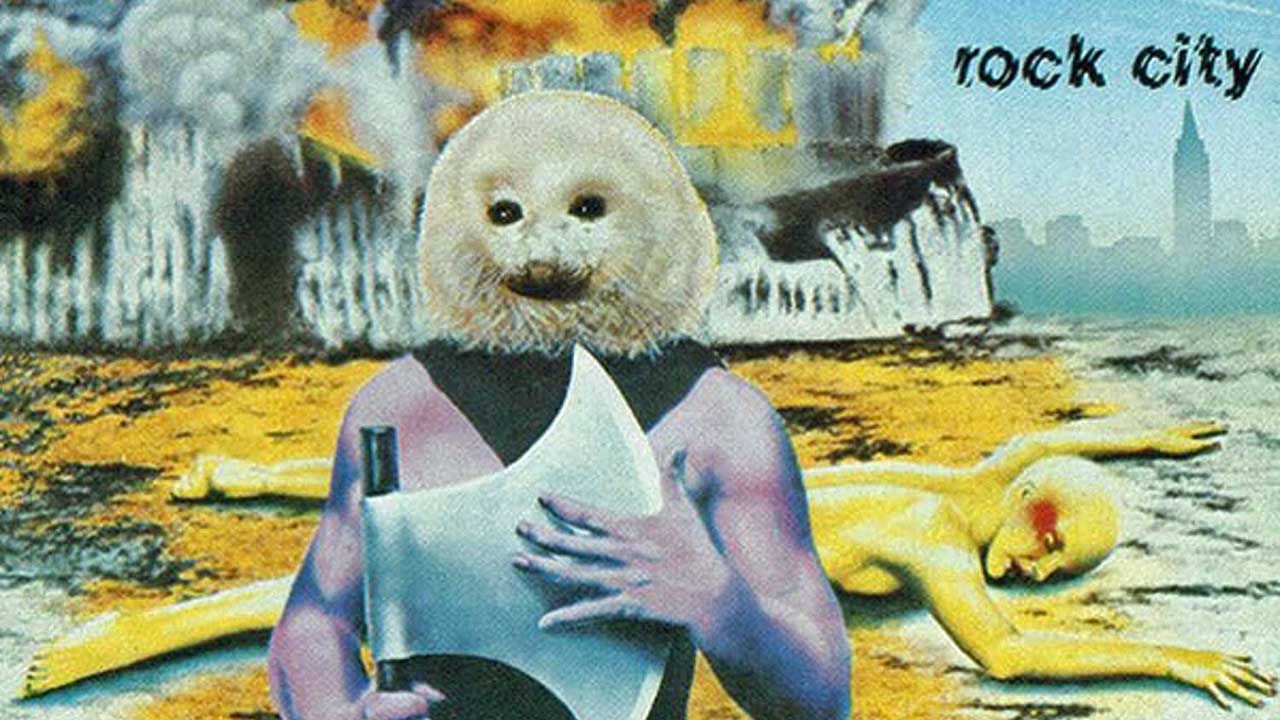By 1977, punk and new wave had virtually taken a stranglehold on rock music in the UK. It was a dominant, mostly welcome, force that refreshed what had largely become a somewhat stagnant music scene.
There were also the first stirrings of a new attitude towards hard rock, on both sides of the Atlantic. Over here, AC/DC, UFO and Thin Lizzy were flexing their muscles and influencing tyros like Def Leppard, while in the US Van Halen were about to sweep the world. And there was Riot.
From the New York area, the hungry streetwise kids of Riot had the spark of Montrose and Ted Nugent, combined with an energy and groove that owed something to a British influence. Differing from west coast peers such as the aforementioned Van Halen, Riot didn’t go in for extended solo histrionics and acrobatic stage presentation, they were sharp and direct.
Taken under the management/production wing of Billy Arnell and Steve Loeb, Riot released their debut album, Rock City, in 1977.
In many respects the record differed from anything else around. It had the vitality and verve that characterised the best of the new wave, while also offering substantial musicianship, and songs that were well- constructed.
Led by the twin guitars of Mark Reale and L.A. Kouvaris, Riot were disciplined yet flexible, with the rhythmic foundation constructed by drummer Peter Bitelli and bassist Jimmy Iommi (no relation) keeping everything locked to the floor.
And then there was Guy Speranza. he wasn’t the most gifted vocalist around, but Speranza had character. He told stories, and possessed an innate ability to hold your attention. He had charisma. And Riot were sensible enough to make him the focal point, even on record.
In the UK, Rock City quickly attracted attention among those who scoured the import bins; the fist-flailing title track and the breezily rousing Warrior became favourites on the turntables at prestigious rock clubs such as north London’s famed Soundhouse.
It was due to the exposure given to Rock City at such nights that the album was eventually, belatedly, released in the UK. Riot eventually also made it here to play shows supporting Sammy Hagar, and played at the first Monsters Of Rock Festival, in 1980.
Although Van Halen received far greater acclaim for their influential debut album, Riot weren’t too far behind in terms of capturing the hard rock zeitgeist. They even had their own version Iron Maiden’s Eddie – a mythical, half-human, half-baby seal mascot called The Narita.
But Riot never really capitalised on the gathering momentum generated by that debut. In a way they said it all on that album, which stands as a classic of the time.
Speranza left the band after two more albums – Narita and Fire Down Under – and drifted into obscurity. Sadly he died recently from cancer at the age of 47. He never fulfilled his potential, but Rock City, a lost masterpiece from a band who should have gone on to achieve greatness, showcases his great talents.

